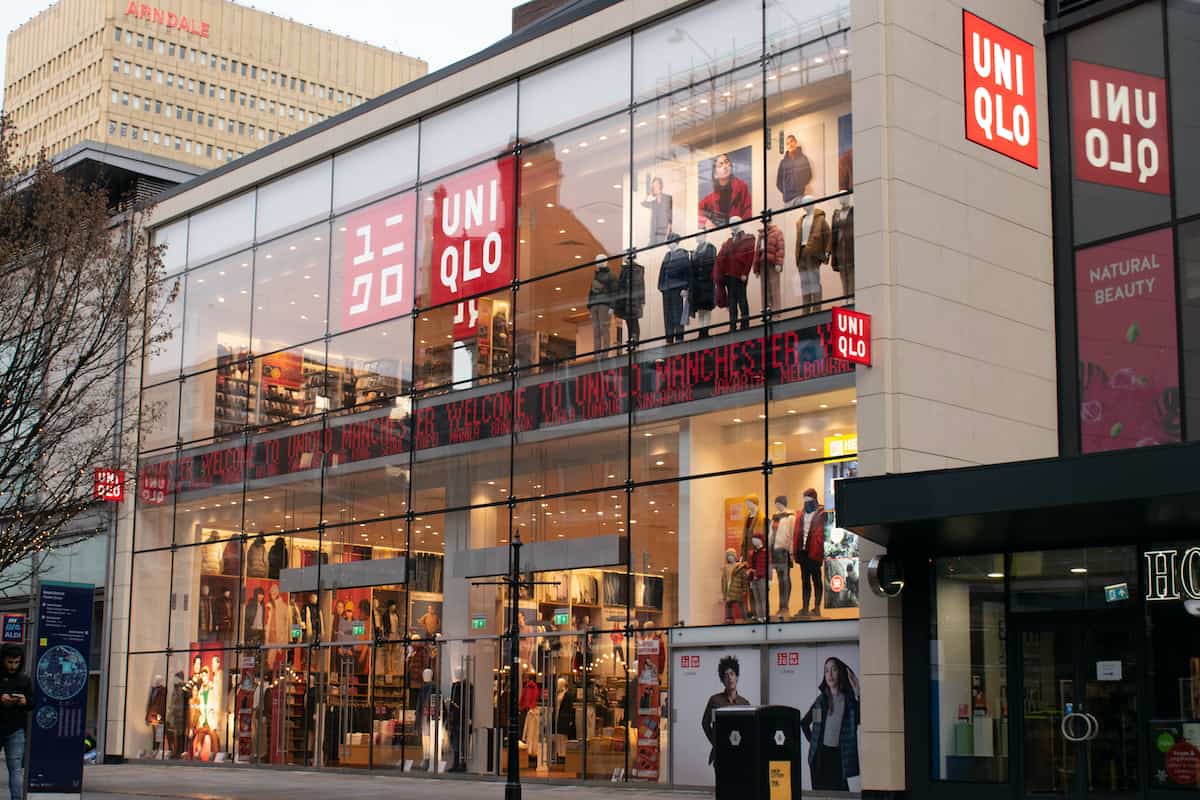Ecommerce grew in March compared to the same time last year – except in the food and household goods categories, new official figures suggest.
The Office for National Statistics (ONS) Retail Sales report for March 2019, found that online sales grew by 12.4% compared to the same time last year, and by 8% compared to last month. They accounted for 18.6% of all retail sales that took place during the month – up from 18.1% in February 2019.
But while the textile, clothing and footwear (+11.8% year-on-year (YOY) and +18.6% month-on-month (MOM)) and other stores (+22.7% YOY, 6.1% MOM) categories both saw strong growth, the picture was different in food (-1.5% YOY, -2.5% MOM) and household goods stores (-1.7% YOY, -5.8% MOM). Non-store retailers – mostly made up of pureplays but also including market traders and auction houses – saw their sales grow by 23% YOY and by 22.1% MOM.
Across retail sales channels, department store sales fell (-0.3% YOY, -0.1% MOM) but online they grew (+3.4% YOY, +6.4% MOM), and accounted for 17.5% of all sales in the category.
The overall strong online growth came as shoppers spent more money in stores as well – a year on from the Beast of the East snowstorms. They spent 6.6% more, excluding automotive fuel, in March compared to the previous year to buy 6.2% more goods, while sales were up by 1.2% by both value and volume compared to last month. Looking to the longer-term trend, shoppers spent 5.1% more over the past three months, compared to the same period a year earlier, to buy 4.8% more goods.
Rhian Murphy, head of retail sales at the ONS, said: “Retail sales increased in the three months to March, following sustained growth throughout the first three months of the year. March’s mild weather boosted sales, with food shops also recovering after a weak February.
“Over the longer term, department stores were the only shop type to see their sales shrink.”
Commenting on the figures, Anne Alexandre, RSM Manager at the British Retail Consortium (BRC), said: “We welcome the improving sales figures, however these numbers may not tell the whole story, as Easter distortions are notoriously hard to seasonally adjust. It is clear that retail is going through a tough year, with increasing store closures and job losses. This has been reflected in both the BRC’s Retail Sales Monitor, as well as Visa Consumer Spending Index, which both showed a slowdown in sales.
“Retail is under enormous pressure from both rising costs and Brexit uncertainty. Despite being 5% of the economy, retailers pay 10% of all business taxes and a staggering 25% of business rates. Unless the Government want to see more closures on the high streets, and more jobs lost, they must act by reforming Britain’s broken business rates system.”
Andy Soloman, founder and chief executive of customer engagement specialists Yomdel, said he saw “extremely positive signs for a sector that has struggled to keep its head above the water of late due to a combination of escalating ground rents, business rates and a swing in consumer preference towards the convenience of online shopping.”
He added: “That said, the online shopping sector continues to grow in size where its proportion of all sales is concerned. While the bricks and mortar space has enjoyed some positive growth, it’s important it doesn’t rest on its laurels and continues to innovate and evolve to appeal to the ever-changing taste of the modern day consumer. The traditional department store is particularly in danger of losing relevance on the high street as the only store type to see a decrease year on year. However, all in all with yesterday’s inflation numbers being so positive, almost full employment, low mortgage rates and wage growth buoyant, these inspiring retail sales numbers further contribute to what can only be described as a sound economic base.”
Ian Gilmartin, head of retail and wholesale at Barclays Corporate Banking, said: “Unsurprisingly, last month’s ONS statistics benefit from a generous comparison with March 2018, when the Beast from the East brought the country to a standstill and put a major dent in retail sales. However, we shouldn’t simply dismiss these figures as a weather related blip. They are significantly above expectations and the quarterly results show that despite wider economic uncertainty retailers are finding a way to keep the tills ringing.
“There will again be some speculation as to whether stockpiling ahead of the initial March Brexit deadline played a part. Anecdotally, I don’t think this is the case, with retailers indicating that they don’t believe consumer behaviour has been significantly affected and the impact of purchases being brought forward is likely to have been minimal. Now that we have a little more breathing space around Brexit, retailers will be able to focus on attempting to extend this positive momentum into a longer period of solid growth, with the optimistic weather forecast for the Easter weekend a great opportunity to encourage shoppers to spend on their summer lines.”
Image: Fotolia








